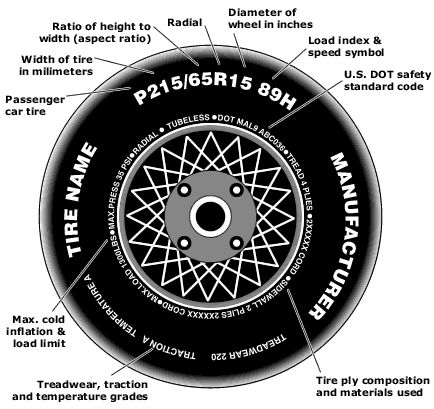If you’ve ever inflated a car tire before, then you already know that the first step is to unscrew the tire cap and the final step is to screw it back on after you’ve finished inflating the tire. It’s a pretty self-explanatory process that most drivers have done.
This may have caused you to wonder just how important these tiny caps are. Are they really necessary, and what happens if one falls off?
In this article, we’ll answer and explore the following question: Do car tires need caps?
If you lose the cap on your tire you can still drive your vehicle. The primary use for the cap is to prevent dirt and lint from getting into the valve, and you will not lose pressure unless the tire is damaged. However, it’s best to replace a lost cap as soon as possible.
Table of Contents
Car tire caps, also referred to as tire valve stem caps, may seem insignificant at first glance, but these tiny plastic or metal caps play an important role in the health of your car’s tires, as they prevent air leaks.
All car tires do need caps for several reasons that we’ll discuss in this article.
Imagine stopping at a gas station after your vehicle’s tire-pressure monitoring system causes a dashboard light to illuminate, indicating low tire pressure.
As you’re about to put air into the tire, you notice that the tire cap that should be attached to the valve stem is missing.
Relax, this is no reason to panic!
Tire caps are tiny and easy to lose for several reasons.
Unless the tire valve is damaged or already leaking, there are no negative consequences with driving your car back home.
However, you will want to find a replacement cap fairly quickly to prevent dirt, mud, ice, salt, or water from entering the valve stem and causing damage that can ultimately lead to a leak.
Avoid going several days without replacing the cap or taking a long road trip without one.
The main purpose of a car tire cap is to prevent dirt, moisture, and grease from entering the inside of the Schrader valve stem, which can potentially contaminate the sealing surfaces and lead to a potential leak over time.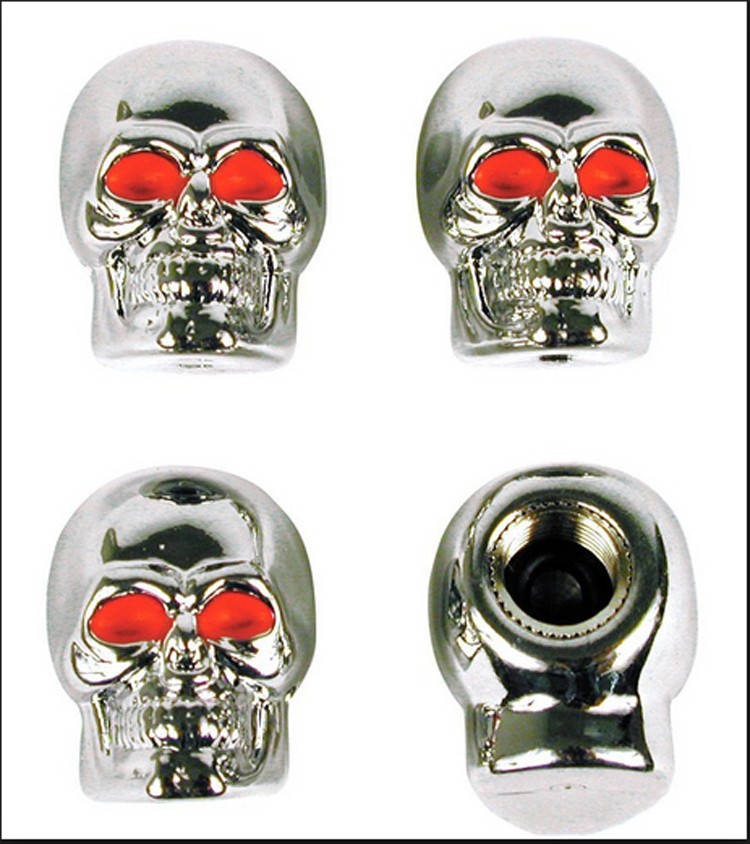
Some high-end tire caps made from quality hard plastic or metal come with a seal to make the valve stem airtight.
This ensures no contaminants such as dirt or ice get inside the valve and will also prevent air from escaping in the case the valve stem does develop a small leak.
Metal caps with a seal or rubber washer also provide a better cushion between the valve stem and the cap and do a better job of preventing the cap from falling off due to vibrations or contact with a curb.
This is kind of a “yes” and “no” type of question. According to most automotive experts, the absence of a tire cap alone is not what causes your tire to leak.
Tires do not typically lose pressure immediately simply because the cap is off. So if you ever find yourself hustling to put the tire cap back on after inflating your tires, there’s no need to rush!
The air isn’t going to come out unless there is already an active leak.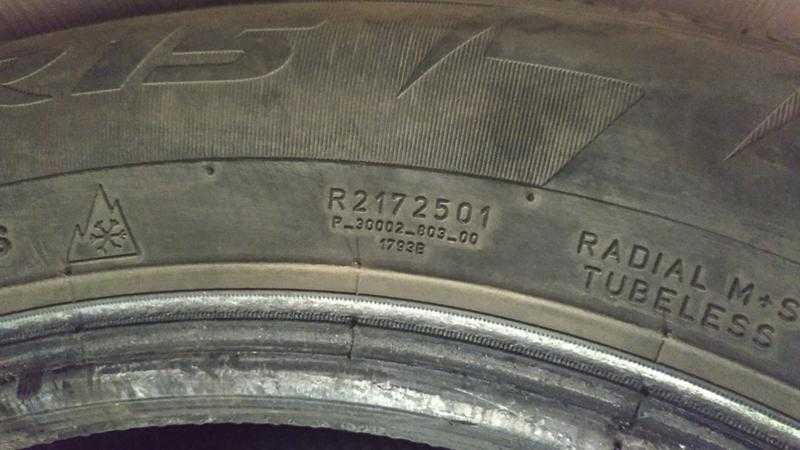
However, over time, a tire without a cap can begin to leak if the valve has been contaminated.
The safest bet is to buy a replacement tire cap as soon as possible to prevent damage to your tire that can lead to a leak and possibly even premature tire replacement.
Tire caps do help hold tire pressure better in the long run.
Although the absence of a tire cap won’t initially cause any problems, the cap will help prevent air from escaping in the case the tire valve is damaged and springs a leak.
Keep your tires healthy and safe by ensuring all four tires are equipped with tire caps on the valve stem.
You can purchase tire caps online and at any automotive repair shop or tire store. Even stores such as Meijer and Walmart offer tire caps. Tire caps are inexpensive to replace.
You can buy a four-pack of caps at Walmart for under $3.
Because tire caps are inexpensive and easy to find, you really shouldn’t wait more than a day or two to replace them to ensure the valve and the inner parts of your tire aren’t damaged.
Now that you’ve purchased new tire caps, let’s discuss how to install them on your tires. It’s a simple process that takes just a few minutes – or even seconds.
But let’s go over the steps to ensure you get the job done right the first time!
If you’re replacing a damaged valve stem cap, simply unscrew the old one counterclockwise, and throw it away. Then, place the new tire cap on the valve stem and screw it on in a clockwise manner until it’s snug.
Don’t overtighten it, though, as you may have difficulty getting it off the next time you need to inflate the tire.
Most valve caps are one-size-fits-all for cars.
However, some larger vehicles such as trucks and high-end car brands might make the valve stem a different size, thus the need for buying a specific size or type of valve cap.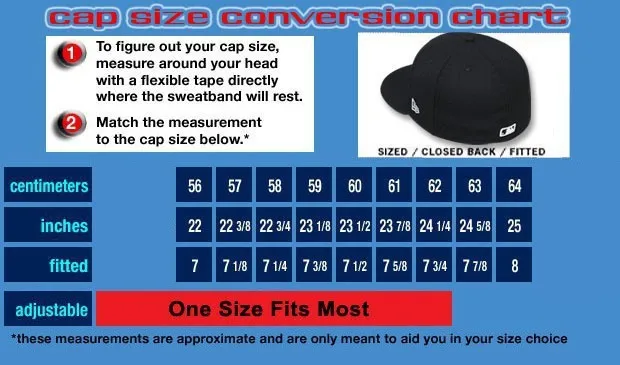
According to Tire Rack, there are traditionally three types of tire valve caps available:
Plastic valve caps are completely fine for us for most cars.
Metal valve caps are recommended to withstand high temperatures of racetrack driving in case there are any race car drivers out there!
Does it seem like your car’s tire valve caps somehow vanish into thin air? These little caps do have a way of disappearing for several reasons, including:
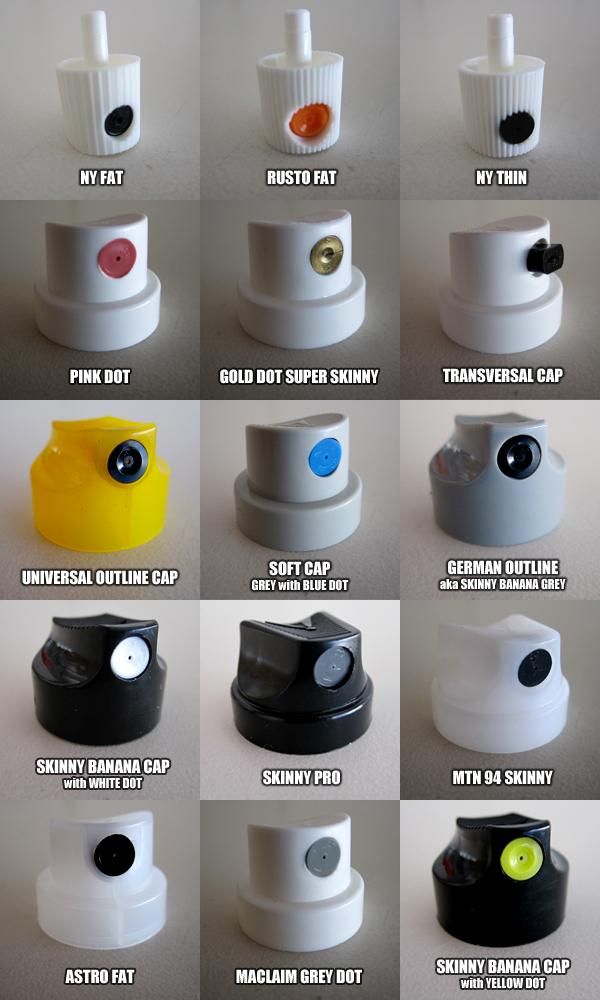
Replacing a valve stem cap is extremely easy. But what happens if the tire valve stem itself is damaged and needs to be replaced?
You have two options: you can either take it to a tire shop or replace it on your own using an inexpensive valve core tool and a replacement valve stem.
Both are available at any automotive parts store.
Here’s a step-by-step guide for replacing a tire valve stem on your own:
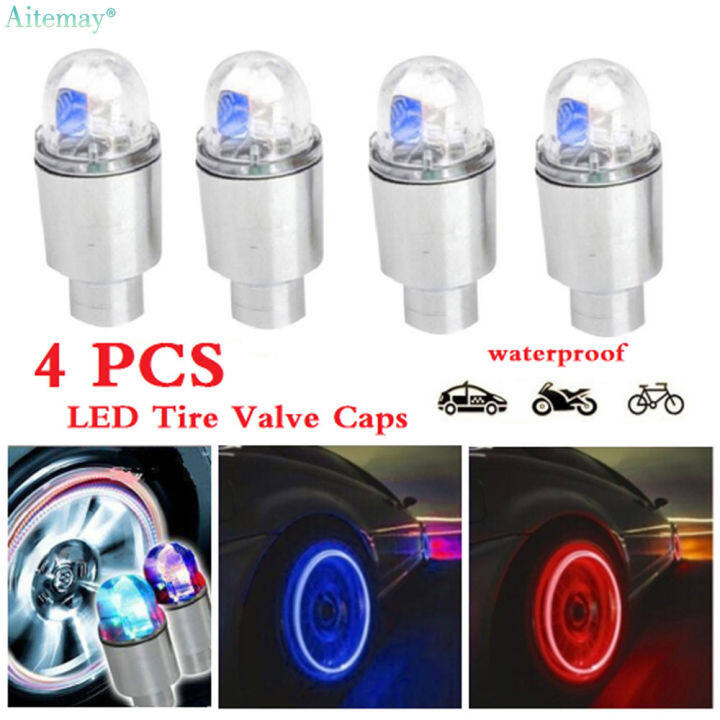 It’s safer to completely remove the tire so you don’t risk pulling the car off the jack and creating a potentially dangerous situation.
It’s safer to completely remove the tire so you don’t risk pulling the car off the jack and creating a potentially dangerous situation.Tire maintenance is an important part of your car’s overall maintenance. This includes:
This includes:
While your mechanic is topping off your tires’ air pressure, ask them to take a look at your tire tread level and the valve stem to check for any potential leaks.
We hope this guide on tire caps helps.
The next time you inflate your tires, you’ll know that the small tire cap in your hand plays a big role when it comes to your tires’ health.
https://www.bluestar.com/get_informed/article/tire-valve-stem-caps-do-your-tires-need-them
https://itstillruns.com/purpose-air-valve-stem-caps-5593328.html
https://hotvehs.com/do-tires-lose-air-if-the-air-tire-valve-cap-is-missing/´
Was this article helpful?
Great!
Click to share.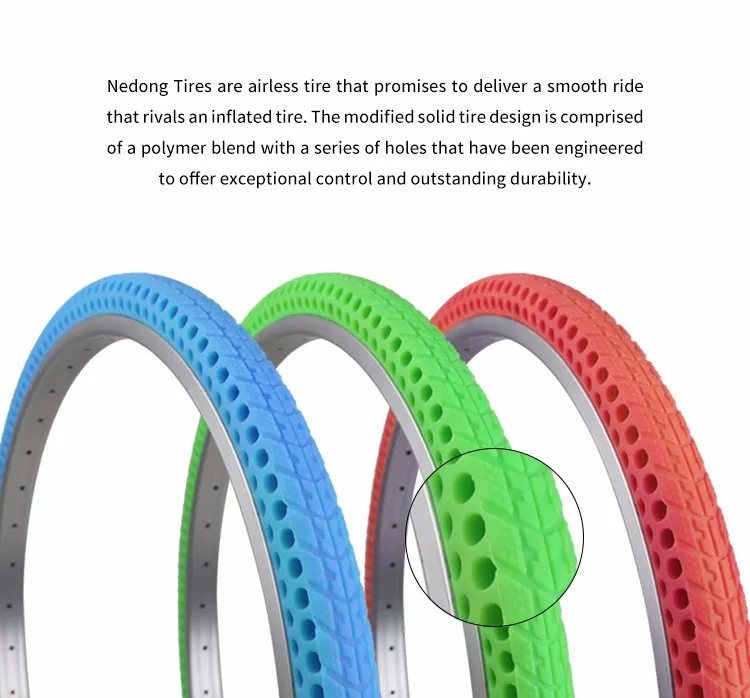 ..
..
Did you find wrong information or was something missing?
We would love to hear your thoughts! (PS: We read ALL feedback)
Name (not required)
Email (not required)
Message
Added on January 29, 2019 Aaron Widmar tire caps , tire plugs , Tires , valve stem , valve stem cap , valve stem caps
No Comments
Decrease Font Size Increase Font Size Text Size Print This Page Send by Email
Most of us don’t give those plastic caps on our car’s tires a second glance after filling them with air, but even the smallest parts of a car serve a purpose — and can be gaudily tricked out. If you’d like to know more about valve stem caps, these are the most commonly asked questions.
If you’d like to know more about valve stem caps, these are the most commonly asked questions.
Your Guide to Proper Tire Care: Information on tread depth, alignment, and more
That plastic screw-on cap on the tip of that knob protruding from the tire is a valve stem cap. It keeps dirt, moisture, and small debris from entering into the tire. It protects the Schrader valve, which is what keeps the air or nitrogen in your tires.
Because valve stem caps aren’t designed to keep air in the tire, losing one won’t result in that tire deflating. However, it may cause internal damage to the tire if the exposed Schrader valve gets damaged. Luckily, it is not an expensive part to replace, as most stem caps are one-size-fits-all, and you can pick a pack up online for a couple bucks.
The standard valve stem cap is a boring plastic cone, but you’d be amazed at the numerous varieties of decorative caps you can purchase. With selections ranging from dice to bullets to crowns to rhinestone-encrusted studs, there’s a cap for your style. Just be aware that the nicer the are, the more of a target they’ll be for thieves.
With selections ranging from dice to bullets to crowns to rhinestone-encrusted studs, there’s a cap for your style. Just be aware that the nicer the are, the more of a target they’ll be for thieves.
Sometimes, your valve stem caps may fuse to the stem, especially if they’re made of a low-quality metal that rusted. If lubricants don’t loosen it, you can cut the top and sides of the cap with a hacksaw and carefully avoid cutting into the valve itself. This should loosen it enough for you to pry it off.
When the Temperature Changes… How do you know which tire to install?
Sources: BlueStar, It Still Runs
Aaron Widmar
Aaron is unashamed to be a native Clevelander and the proud driver of a Hyundai Veloster Turbo (which recently replaced his 1995 Saturn SC-2). He gleefully utilizes his background in theater, literature, and communication to dramatically recite his own articles to nearby youth. Mr. Widmar happily resides in Dayton, Ohio with his magnificent wife, Vicki, but is often on the road with her exploring new destinations. Aaron has high aspirations for his writing career but often gets distracted pondering the profound nature of the human condition and forgets what he was writing… See more articles by Aaron.
Mr. Widmar happily resides in Dayton, Ohio with his magnificent wife, Vicki, but is often on the road with her exploring new destinations. Aaron has high aspirations for his writing career but often gets distracted pondering the profound nature of the human condition and forgets what he was writing… See more articles by Aaron.
Today, almost all new cars are equipped with alloy wheels. This is primarily due to technological progress. The availability and cheapening of their production have done their job: if even 10 years ago alloy wheels were considered almost an element of car tuning, today it is commonplace. However, simple stamped discs still do not lose their relevance. And to protect the paintwork of stamped discs and hub parts, caps are widely used. Read about how to choose the right wheel caps in the article.
Content:
Oddly enough, but the simplest stamped discs are still in use, and at the same time they are used quite widely.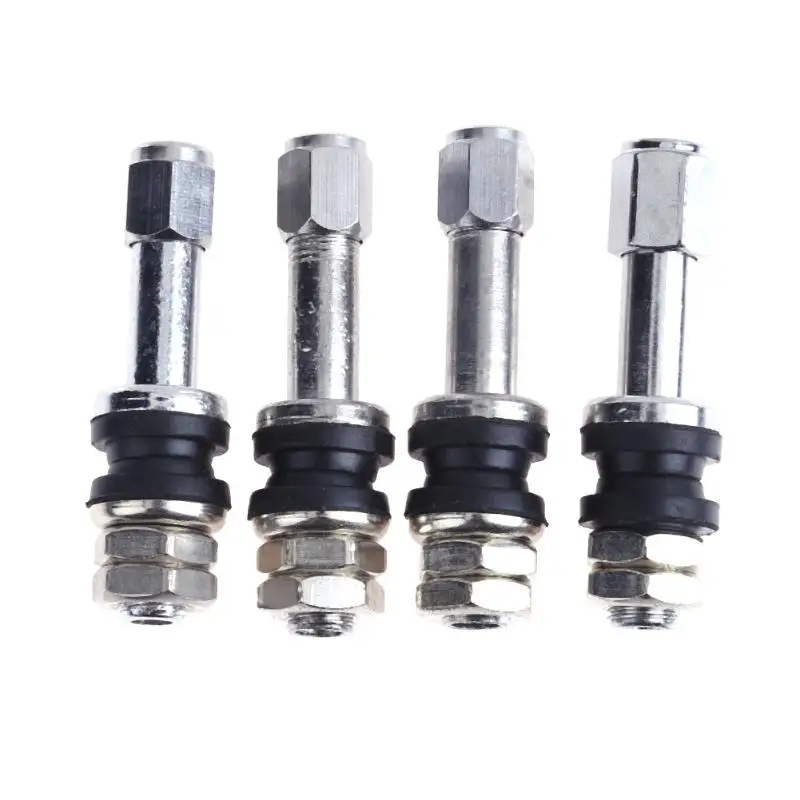 This is primarily due to the fact that car owners often keep two sets of wheels. One is on alloy wheels: these wheels are used in the warm season and when the car is operated in urban conditions. The second set is on stamped discs: it is installed for the winter period, or when the trip involves long-term operation of the car in adverse road conditions.
This is primarily due to the fact that car owners often keep two sets of wheels. One is on alloy wheels: these wheels are used in the warm season and when the car is operated in urban conditions. The second set is on stamped discs: it is installed for the winter period, or when the trip involves long-term operation of the car in adverse road conditions.
Stamped discs are covered with a conventional paint coating, which means that this coating is quickly destroyed and the appearance is lost. It is to protect the "stamping" that caps are used. Therefore, car owners often face the question of how to choose wheel covers, rather than why they should be used.
Let's explain why caps are unambiguously, rational and useful acquisition:
 In addition, damaged paintwork leads to corrosion. The caps protect the wheels from the effects of aggressive environmental factors with great efficiency.
In addition, damaged paintwork leads to corrosion. The caps protect the wheels from the effects of aggressive environmental factors with great efficiency. Thus, caps, with their relatively low cost, not only protect the discs, but also reduce the impact of destructive factors on the hub parts.
The main criterion for choosing caps for wheels is the size of the disc. If for some reason the car owner does not know this parameter, then you can always find it on the rubber: the numerical designation after the letter R on the side of the tire is the radius of the disk.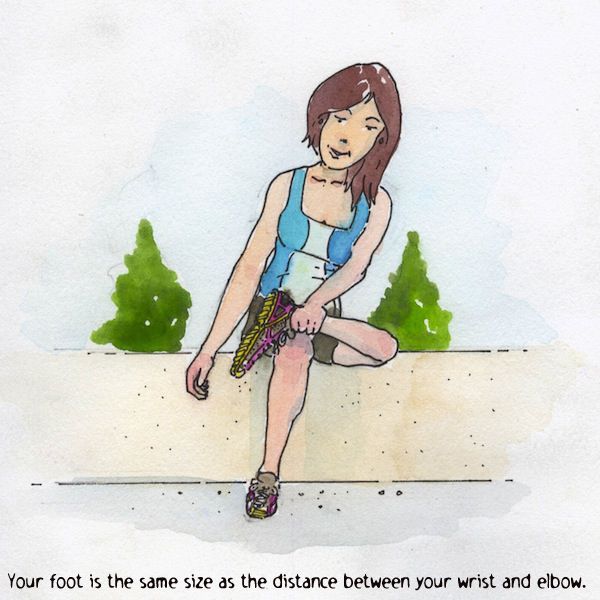 For example, the inscription R14 means that discs with a radius of 14 cm are installed on the car. Based on these data, the cap size is selected.
For example, the inscription R14 means that discs with a radius of 14 cm are installed on the car. Based on these data, the cap size is selected.
The second important factor is the shape of the part. When choosing a shape, there is only one factor that can affect the ability to install caps on wheels - this is the type of wheel bolts or nuts. Sometimes fasteners such as security bolts are installed on cars, which have a non-standard turnkey profile, or shaped bolts with design elements that go beyond standard dimensions. In this case, flat caps may not fit: you need a model with a convex surface.
Equally important is the presence of holes in the caps. If the caps are made deaf, then this will increase the protection of the disc from dust and moisture. But, on the other hand, in this case, the ventilation of the brake discs or drums will partially deteriorate. The opposite effect will be for discs with a large number of shaped holes.
Almost all caps are held on with a few plastic clips that are spring-loaded with a steel ring. When choosing caps, you should pay attention to the number of brackets and the integrity of the ring. The number of staples must be at least 8 pieces: this will ensure a relatively secure fastening of the cap on the disk. The spring ring must be round, without bends or other deformations. If the ring is deformed, then the cap will not be securely fastened.
When choosing caps, you should pay attention to the number of brackets and the integrity of the ring. The number of staples must be at least 8 pieces: this will ensure a relatively secure fastening of the cap on the disk. The spring ring must be round, without bends or other deformations. If the ring is deformed, then the cap will not be securely fastened.
Some hubcaps are attached directly with wheel bolts.
This is a rare, but perhaps the most reliable design.
For additional fixation, plastic disposable clamps are often used: such fastening guarantees that the cap will remain in place regardless of operating conditions. The main disadvantage of using plastic clamps is their disposability. For example, if a wheel puncture occurs on the road and it needs to be replaced, then the clamps will have to be cut off. Therefore, it is necessary to have several spare clamps with you. Also, to safely change a wheel on the road, you need to know how a screw jack works and how to use it correctly.
The choice of cap design is subjective. Here are just a few general tips:
But in general, you should be guided only by personal preferences, since the cap is more of a design element in which there are no strict rules.
In our store there is always a huge selection of caps of a wide variety of models for all known wheel sizes! To place an order, leave a request on our website or call 8 800 444-75-16.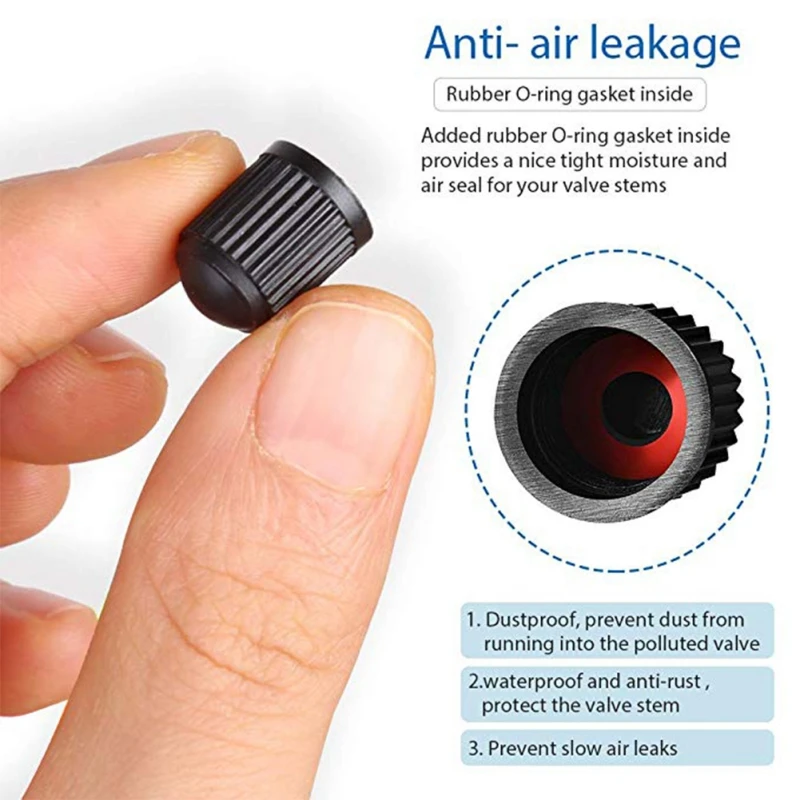
But this fact does not mean that the Soviet auto industry lagged behind its Western competitors. On the example of the 1986 Volkswagen Jetta, we will see that these were the production trends. In those days, full-size wheel covers simply did not appear as an automotive accessory.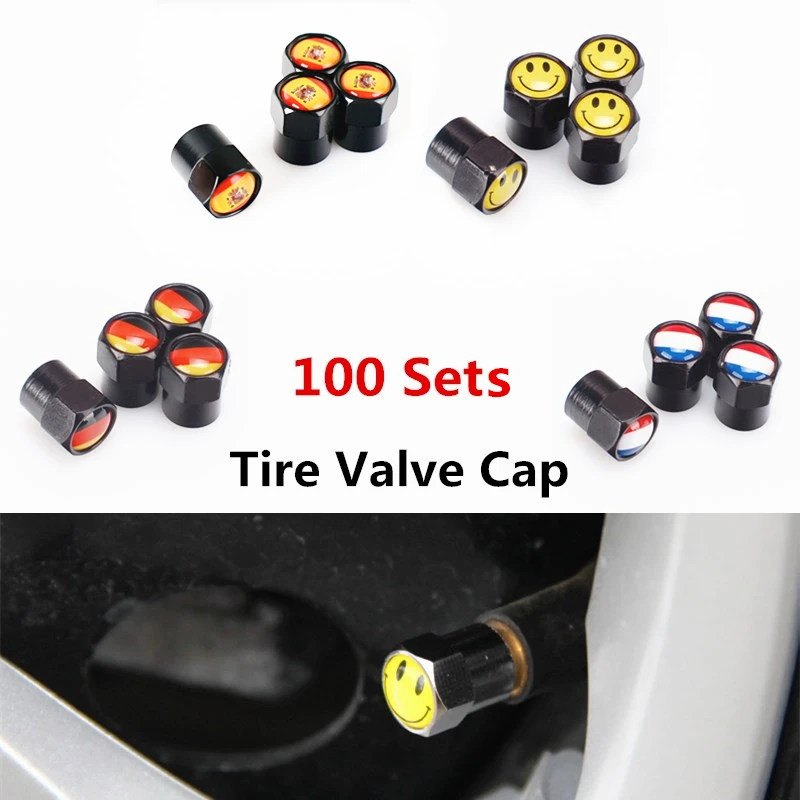 The caps on the discs simply served as a plug for the bolts or nuts of the wheel mounts.
The caps on the discs simply served as a plug for the bolts or nuts of the wheel mounts.
We were unable to find exact data on the birthday of the full-size wheel cover.
And so, the development and evolution of car hubcaps has created entire industries for their production and marketing. Cars began to be equipped with full-size wheel covers at manufacturing plants. At the same time, a distinction appeared between the caps. These are original wheel covers and universal or other wheel covers.
Why wheel covers? What is the use of car hubcaps? In search of answers to these questions, I came across very interesting and different opinions. Some write that "... wheel caps serve as such a shield for the braking system of a car ...". Like, if there are caps on the wheels, then the brake discs and pads are erased less. Dirt and dust does not get on the brakes, caps protect. Another interesting opinion is that "... if you install caps that are too closed, the brakes may overheat .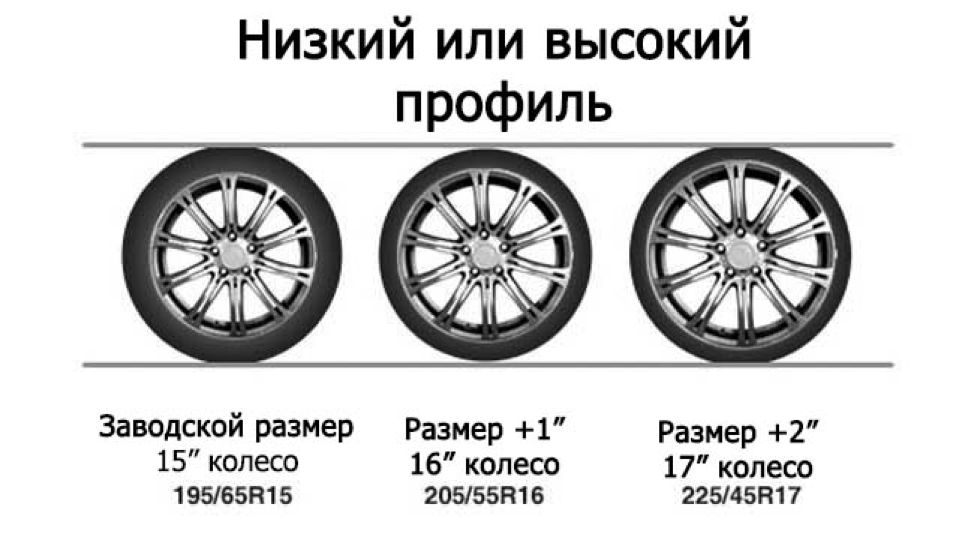 ..". Does this mean that the front side of the metal disc is the only place where the cooling air flow to the brake pads comes from?
..". Does this mean that the front side of the metal disc is the only place where the cooling air flow to the brake pads comes from?
Let's try to figure it out. Wheel covers, at least on the Ukrainian market, are presented in the following sizes:
I didn’t see, maybe someone saw the BMW X5 e53 body with wheel covers? Or Audi Q7? Well, there are many such examples. It turns out that wheel covers are not needed for these cars? Or does their braking system need no protection from dirt and dust? Imagine a Mercedes ZL class, in a 166 body with wheel caps ...
Car wheel covers were invented by car manufacturers to improve the appearance of the car, for beauty. If you look at the manufacturer's price list, we will see that the same car model is offered in different trim levels.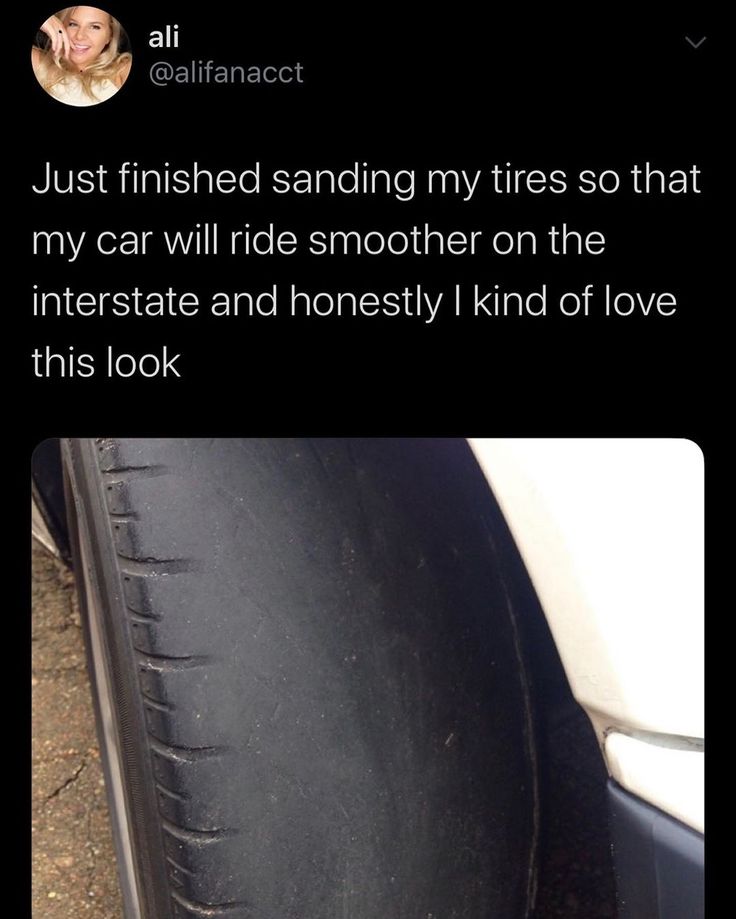 One on titanium wheels and with foglights, automatic transmission, or full power accessories. And the second, on iron disks and with caps. This reduces the price of the car. But the appearance of the car must be kept beautiful. Therefore, it is equipped with wheel caps.
One on titanium wheels and with foglights, automatic transmission, or full power accessories. And the second, on iron disks and with caps. This reduces the price of the car. But the appearance of the car must be kept beautiful. Therefore, it is equipped with wheel caps.
Which car do you like best? This car? Without caps.
Or still this car with hubcaps.
We as car owners love our cars. We love the beauty of appearance, functionality and dynamism of our vehicles. If we, in a car dealership, sell a car with caps, it means that the caps are an integral part of this car, and they should be there. This lays in our subconscious even the automaker, as an integral part of the exterior of our car. That's why we strive to have hubcaps on wheels. And if suddenly we lose them or they steal them from us, or we break them, or simply the caps become not beautiful, worn, we are looking for new caps to fill the missing gap in our car.
Original wheel covers. When the question arises which caps to buy? The first answer that comes to mind is the same as I had. After all, they came with the car, they are original, these caps are only for my car. But, taking into account inflation in Ukraine, the growth of the exchange rate, when we find out the price of original caps in a car dealership, we begin to think - maybe the original caps really also protect the brake system, and not just serve as an external aesthetic addition.
What are the features and main differences between original and non-original caps. The first is the drawing of the cap. Yes, we are already visually used to the fact that caps should be exactly the same pattern as the previous ones, we like it. The second is the presence on the caps of the emblem, the brand of our car. All original caps come with car emblems. The third is the material from which the original caps are made, it is different and has no analogues among any other wheel caps.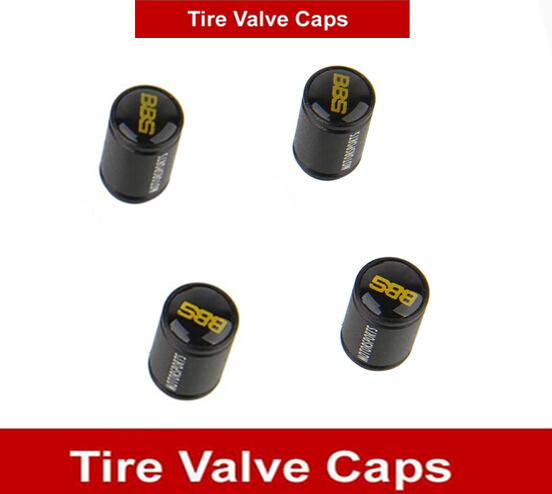 It is strong, tough and strong. But the most important difference, the fourth one, is the attachment of the original caps to the disc. The so-called "paws" that cling to a metal disk. Their design. And due to this, the tightness of the caps to the disks and their stability on the disks. This is the main, qualitative advantage of the original wheel covers over other wheel covers.
It is strong, tough and strong. But the most important difference, the fourth one, is the attachment of the original caps to the disc. The so-called "paws" that cling to a metal disk. Their design. And due to this, the tightness of the caps to the disks and their stability on the disks. This is the main, qualitative advantage of the original wheel covers over other wheel covers.
This is what the original caps for Toyota look like.
This is what the fastenings of most non -original caps look like:
Differences in the fasteners of the caps to the disk are as follows, the paws of the fasteners are double, and in the not original ones - single. Also pay attention to the distance between the paws, the original caps have it less. This allows the original hubcaps to stick more firmly to the rim. And also fit more tightly to the disc without gaps. But, no matter how strong and dense the original caps are, they also fly away when the wheel hits the pit.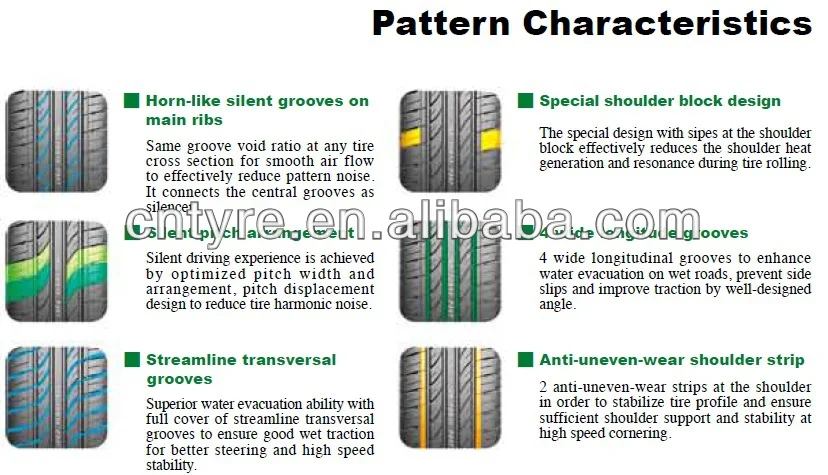 They also scratch and burst if the wheel is pressed against the curb. Like all car hubcaps, original hubcaps wear, chip, and crack.
They also scratch and burst if the wheel is pressed against the curb. Like all car hubcaps, original hubcaps wear, chip, and crack.
How to fit wheel covers. In order for the wheel caps to serve you as long as possible, they must be installed correctly. Ukrainian roads have not yet become German, let's believe and hope. But only on the car that did not know the Ukrainian roads, they did not bend or roll out the disks. This is the main reason why the cap may not sit on the disk or it can very easily fly into it without snapping and fall out just as easily. After rolling out a disk, its radius cannot be ideally restored. In order for the caps to fit perfectly on the discs, you need to be patient and at least two pairs of pliers.
And so, on the back side of the wheel cap, there is a metal circle that runs along the paws of the cap. This circle has a special U-shaped bend.
In order not to break the paws of the cap during installation, or not to lose the caps after the first meters of movement on the car, you need to compress or unclench this bend. It controls the tightness of the cap paws to the disk.
It controls the tightness of the cap paws to the disk.
In any case, before compressing or unclenching a bend on a circle, you need to measure and try to install a cap on the wheel in order to understand what to do. In most cases, everything becomes perfect without these procedures.
What to do if the cap does not fit tightly and just falls off the disc. It is necessary to expand the bend by increasing the size of the diameter of the metal ring. You need to do this gradually, smoothly, each time trying on the cap, try its tightness, so as not to overdo it:
to disk. It is necessary to compress the bend, reducing the size of the diameter of the metal ring. Just like in the previous version, there is no need to rush, measure!
It is very important to remember that not all drives are the same, you may have had one or two rolled out. Therefore, always try to install the caps first, and then, having understood the problem, solve it.